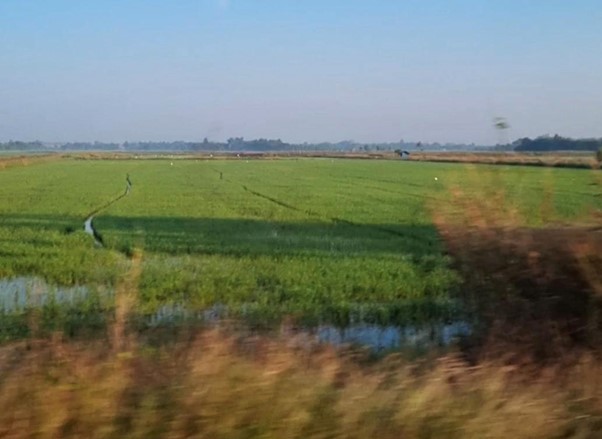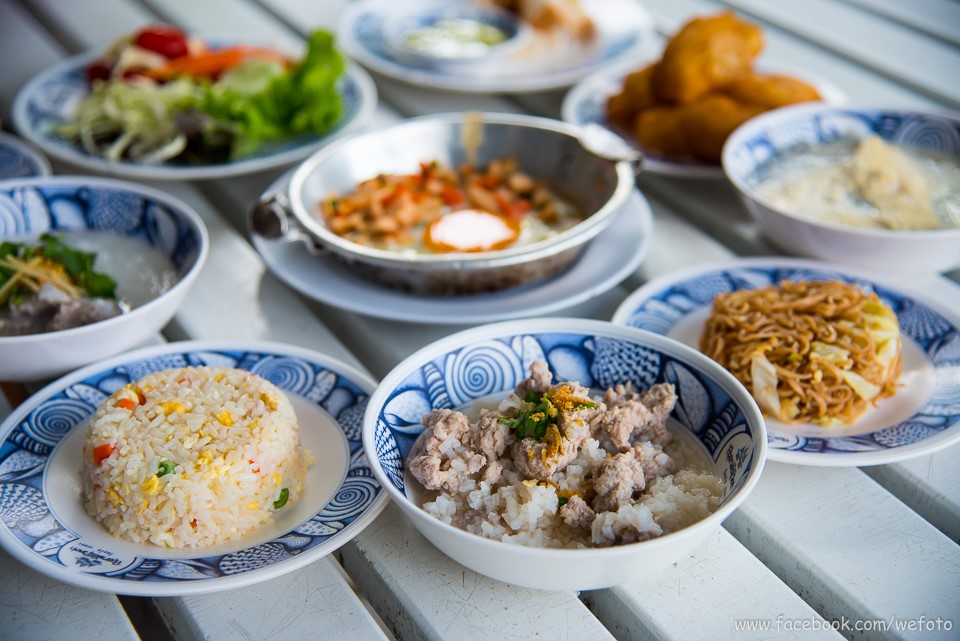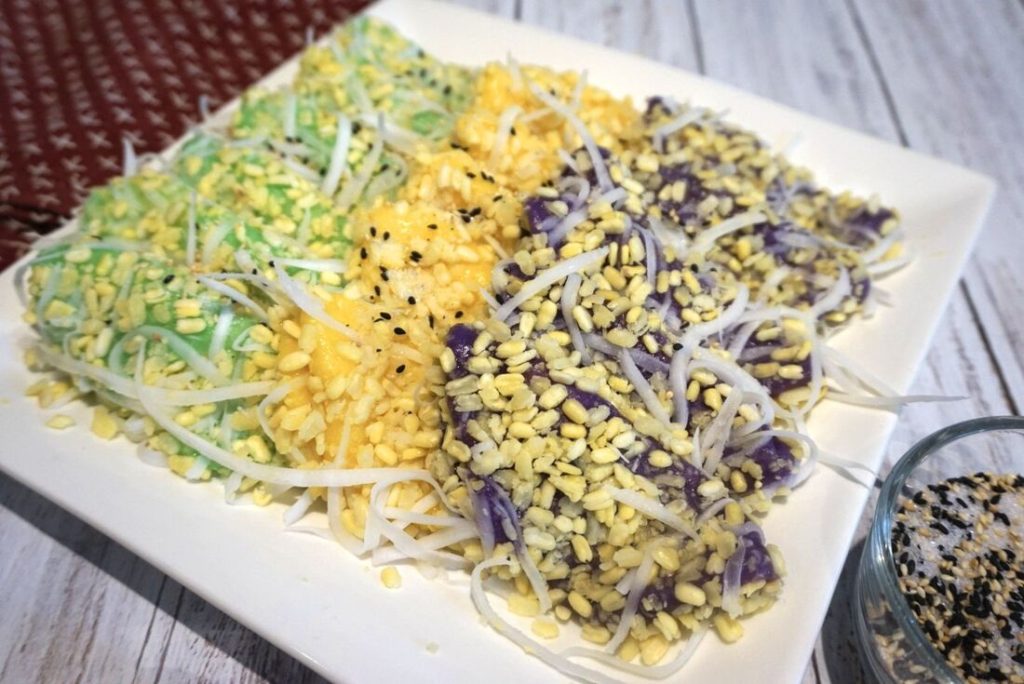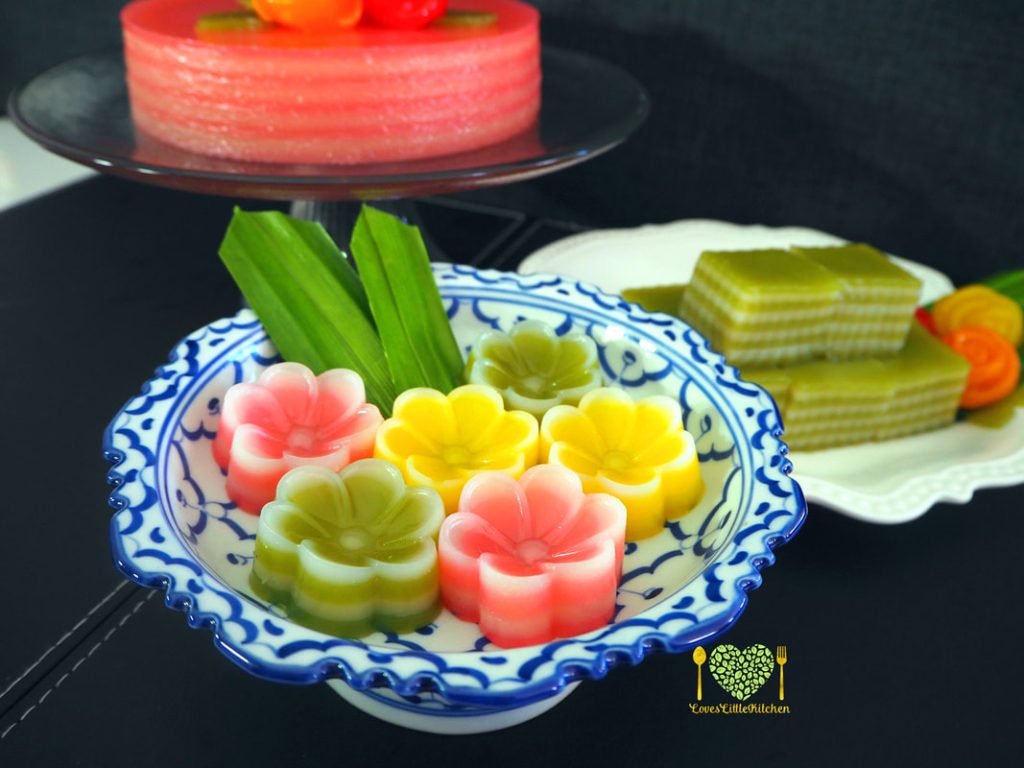Kanom Jeen Namya Pla
This is a Thai dish you’ll never tire of – a flavourful experience that you’ll want to repeat over and over again. Kanom Jeen Namya is a traditional Thai curry that pairs perfectly with thin rice vermicelli noodles (kanom jeen). Typically made with fish, this aromatic dish can also be elevated by adding juicy, sweet crab meat. If you’re lucky enough to find fresh crab, feel free to try it in this recipe. Some regions in Thailand even substitute chicken, chicken feet, or pork blood, and it’s common to see fish balls or mini fish balls in the curry, adding texture and visual appeal.
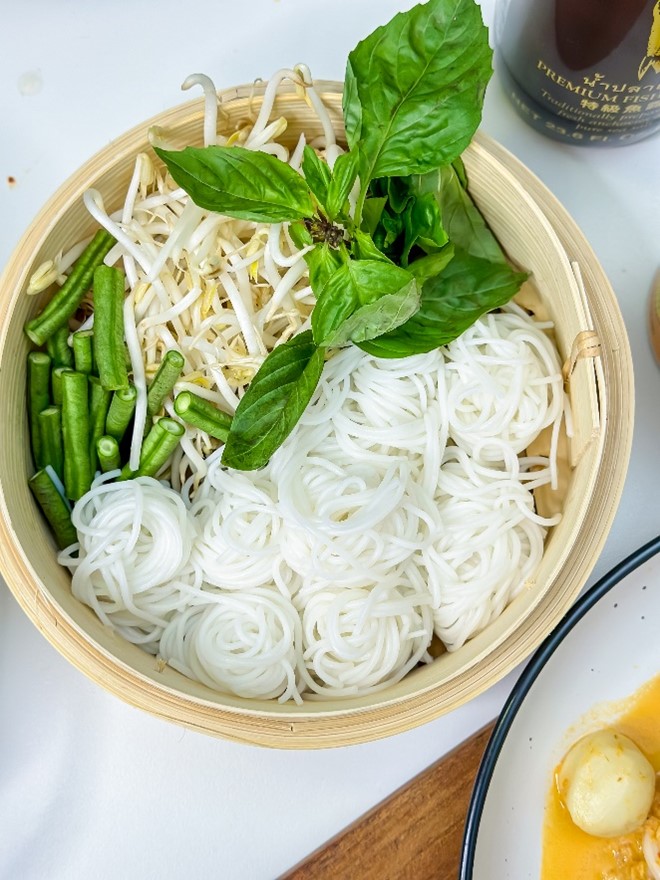
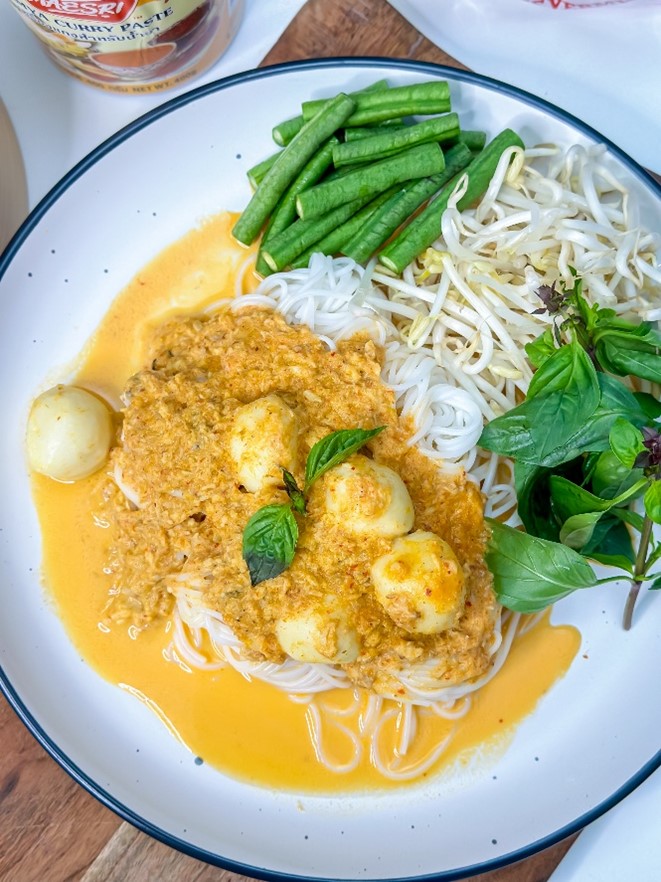
Kanom Jeen Namya is immensely popular and a quintessential street food staple in Thailand. You can find it at corner stalls and pop-up markets, where some kiosks even offer a Kanom Jeen Namya buffet. This lets you enjoy as much Kanom Jeen Namya as you desire, along with unlimited vegetables to fill you up. It’s not only delicious but also healthy, complemented by a variety of fresh vegetables that enhance your meal.
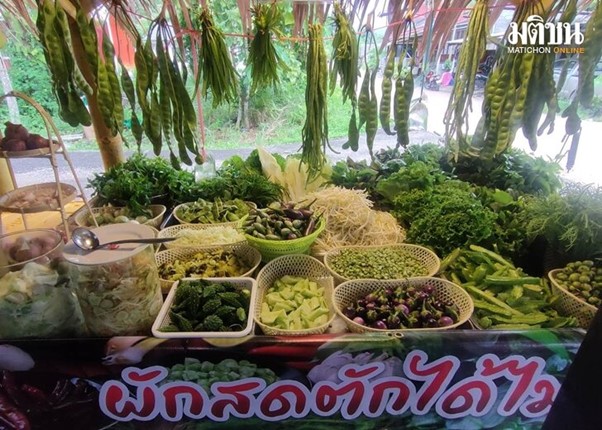
An unlimited offer of fresh vegetables at a Kanom Jeen Namya buffet
(Image source: Matichon Online)
Side Dishes to Complement Your Kanom Jeen Namya
Before diving into the recipe, it’s worth mentioning the wonderful variety of vegetables and sides that pair beautifully with this dish. Here are a few must-haves:
- Bean sprouts
- Fried dried chilies
- Pickled vegetables (we recommend pickled sour mustard)
- Hairy basil
- Finely chopped cabbage
- Chopped snake beans
- Boiled eggs
- Mint leaves
- Sliced Lebanese cucumbers
- Thai eggplant
You don’t need to include all of these, but having a selection will enhance your Kanom Jeen experience. The more variety, the better!
Now, let’s get cooking!
This easy recipe brings the authentic taste of Kanom Jeen Namya Pla straight to your home in Australia, using ingredients readily available at most Asian grocery stores.
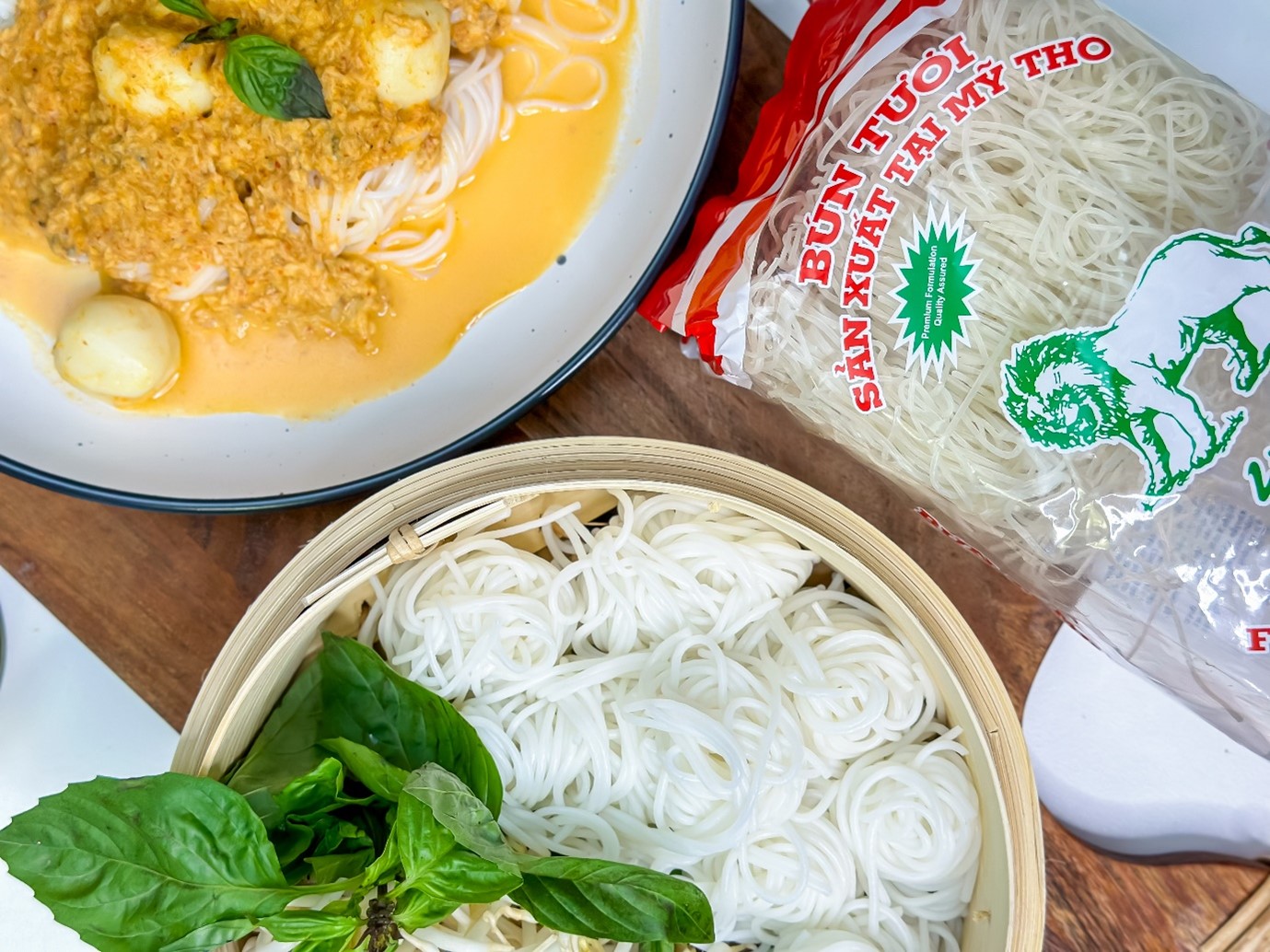
Kanom Jeen Namya Pla Recipe
Ingredients:
- Ingredients:
- 2 stalks lemongrass (whole, bruised)
- 3-5 bird’s eye chilies (adjust to taste)
- 3-4 lime leaves (torn)
- 1 packet Lion Rice Vermicelli (Kanom Jeen noodles)
- 500g tilapia (or any white fish, filleted)
- 1 tbsp palm sugar
- 400ml coconut cream
- 2-3 tbsp Maesri Namya Paste (heaping tablespoons)
- 200g fish balls
- 2 tbsp fish sauce (or to taste)
- 2 tbsp fish sauce (or to taste)
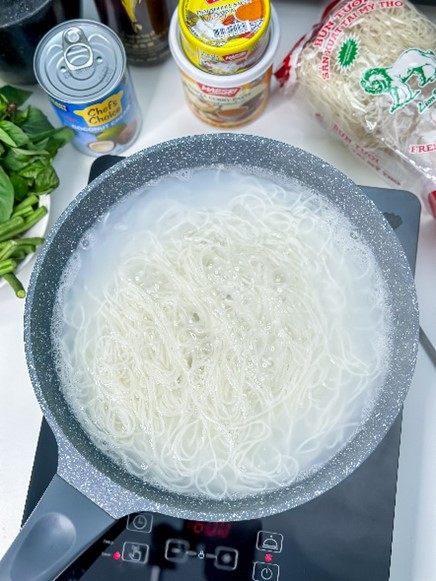
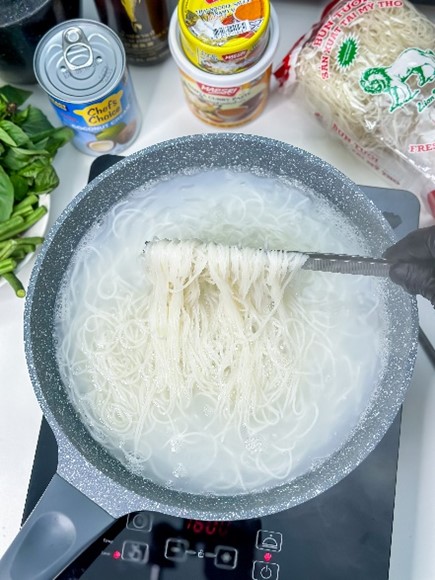
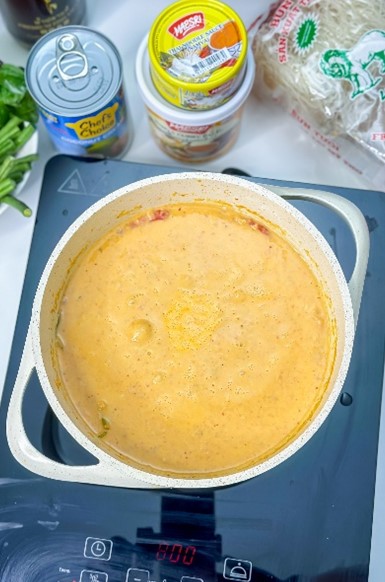
Instructions:
- Prepare the Fish: Boil the tilapia in water with the bruised lemongrass, bird’s eye chilies, and lime leaves until fully cooked. Remove the fish, flake the meat, and discard the bones. Set aside the cooking water for later use.
- Prepare the Namya Sauce: In a pot, heat the coconut cream over medium heat. Add 2-3 heaping tablespoons of Maesri Namya Paste and stir until fragrant.
- Add the Fish: Once the curry base is simmering, add the flaked tilapia. Let it cook for a few minutes, allowing the flavours to meld together.
- Add Fish Balls and Season: Toss in the fish balls and season the curry with palm sugar and fish sauce. You can adjust the taste to your liking.
- Prepare the Noodles: Boil the Lion Rice Vermicelli according to the package instructions. Drain and set aside.
- Serve: Serve the curry over the rice vermicelli, and don’t forget to pile on your choice of side vegetables and boiled eggs for a complete meal. Garnish with fried dried chilies and fresh basil if desired.
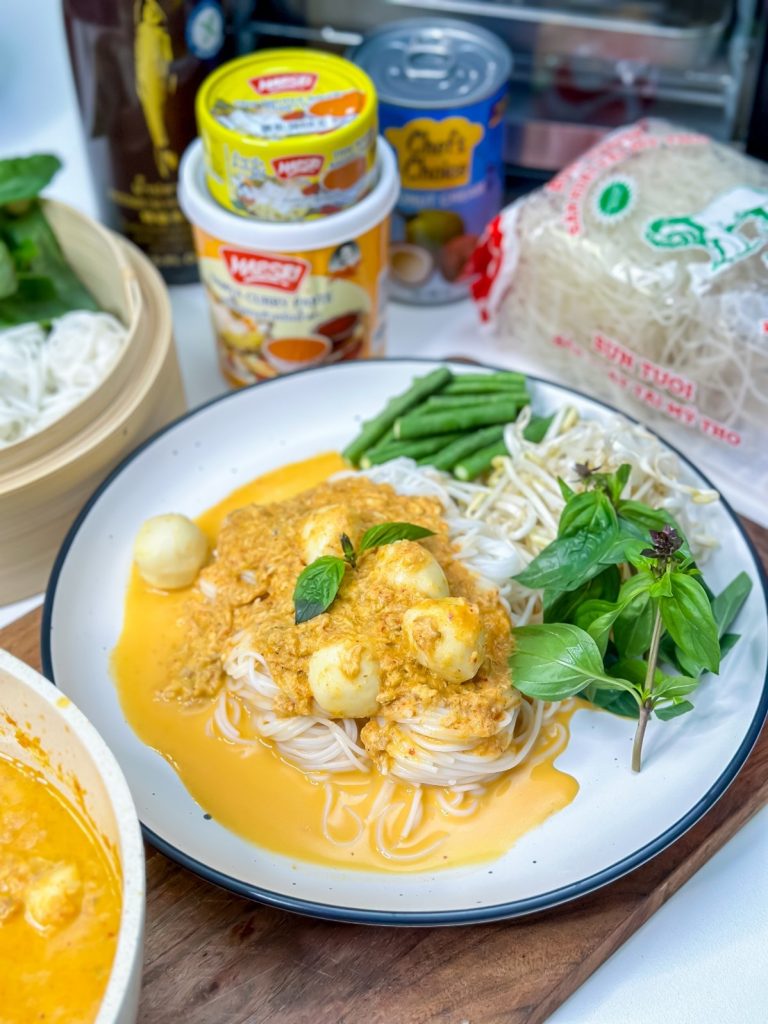
Enjoy!
Now you can enjoy the taste of this beloved Thai dish in the comfort of your own home. Whether you’re a fan of the traditional fish version or want to experiment with crab or chicken, Kanom Jeen Namya Pla is a versatile and delicious meal that will bring a touch of Thailand to your table.
Tip: In this cooking video, we use Maesri Curry Paste 400g, to which you will need to add coconut cream or milk and fish meat. If you have limited time, Maesri offers a Namya Thai Noodle sauce in a 114g tin that already contains fish and coconut milk; you can simply add water, bring it to a boil, and it’s ready to eat.


